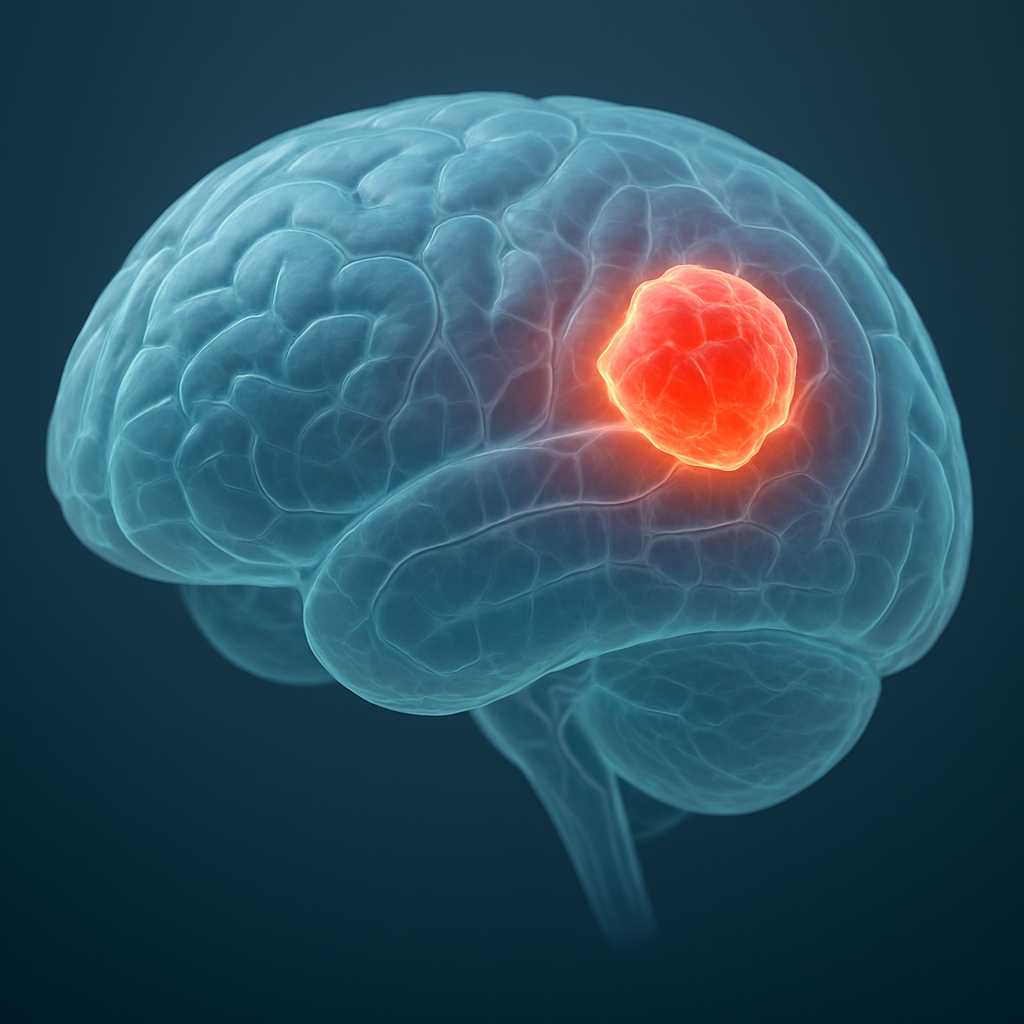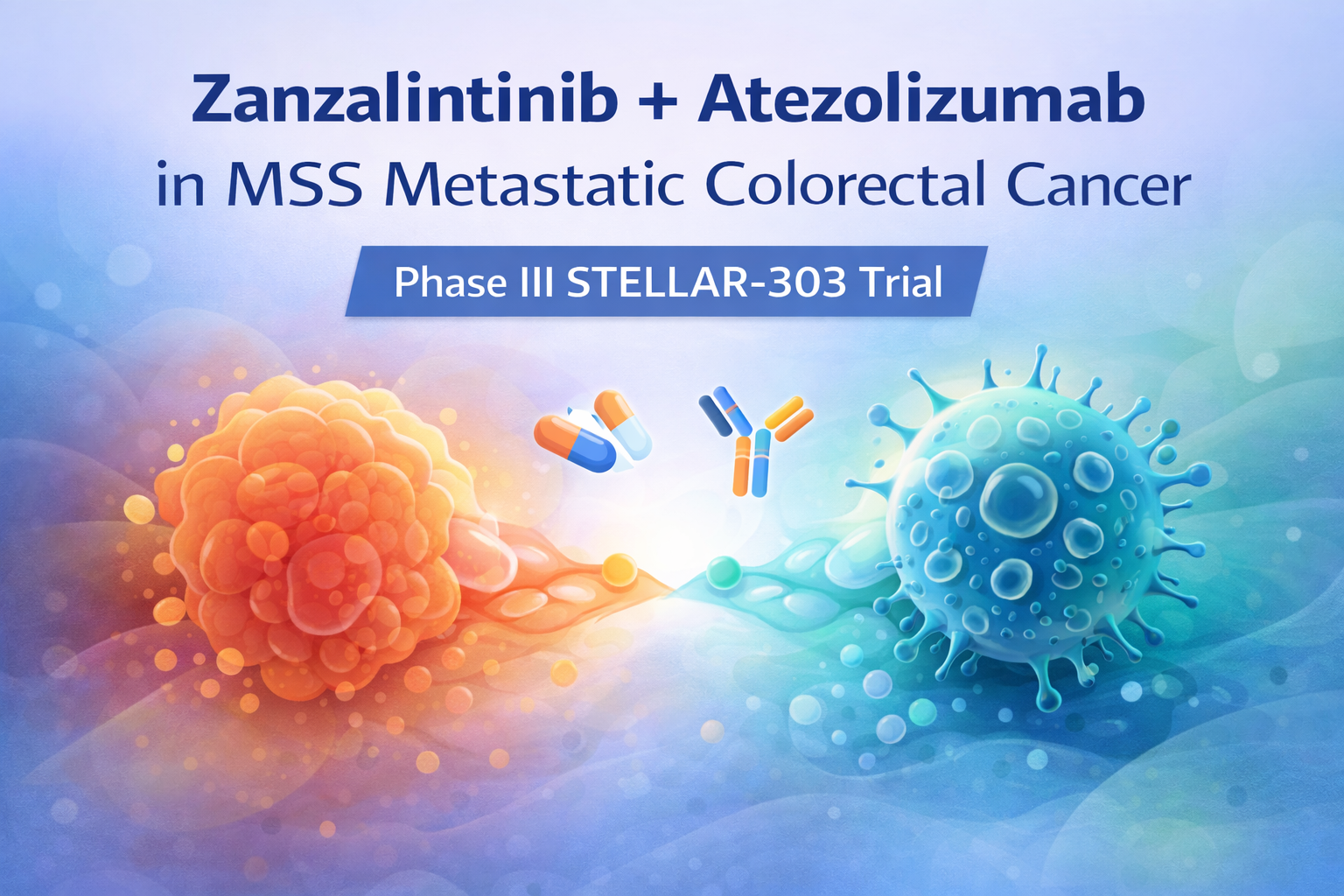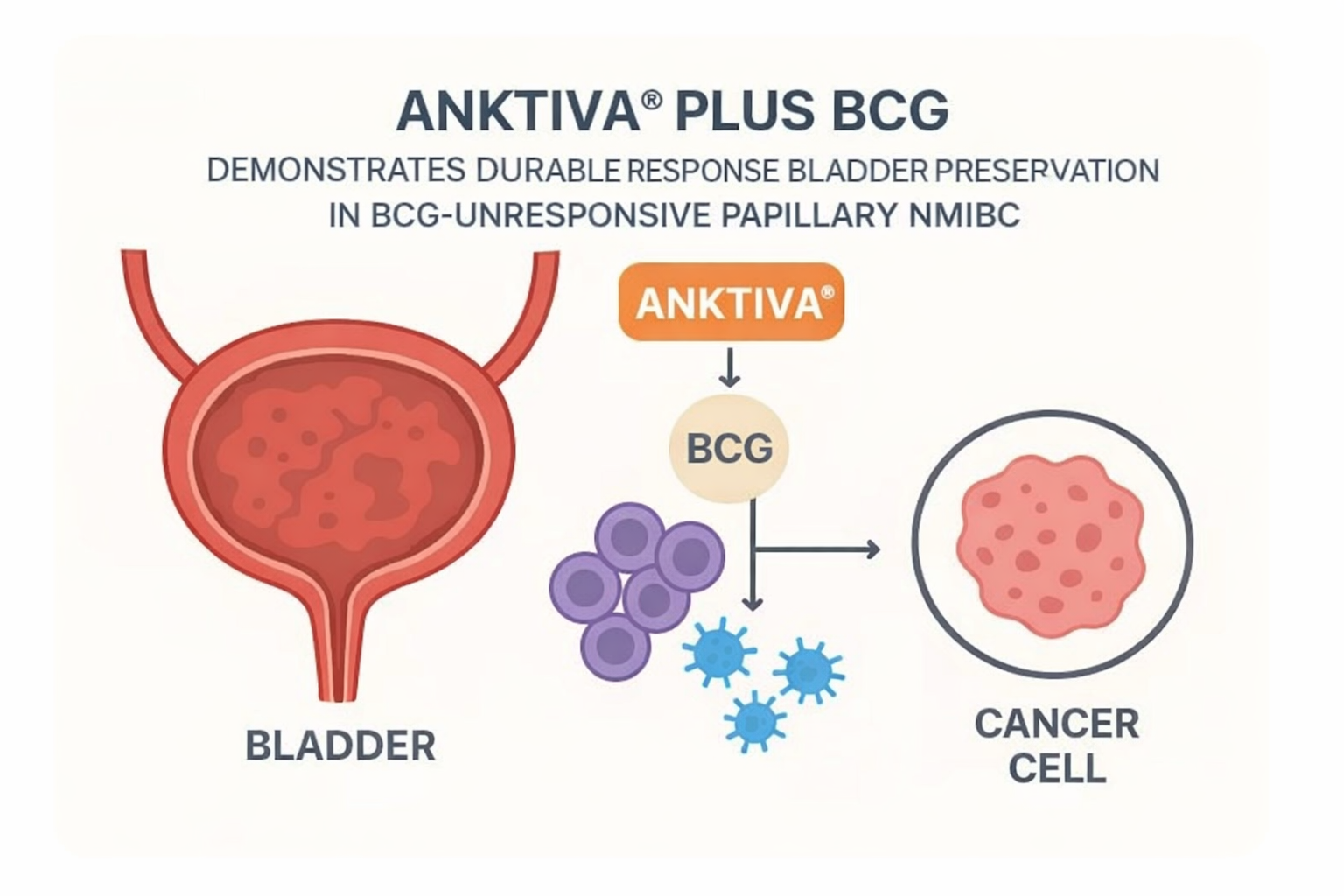

GammaTile cesium-131 brachytherapy achieved 87% local control at 1 year in patients with recurrent brain metastases previously treated with stereotactic radiosurgery, with only 8% symptomatic radiation toxicity. This represents a significant improvement over historical recurrence rates of 40% with resection alone and superior outcomes compared to repeat stereotactic surgery (71-75% local control).

Study Design & Population
- Study type: Retrospective analysis of salvage treatment outcomes
- Sample size: 31 patients with 38 recurrent brain metastases
- Patient characteristics: Previously treated with stereotactic radiosurgery, undergoing salvage resection
- Institution: MD Anderson Cancer Center
- Treatment: GammaTile cesium-131 collagen tile brachytherapy at time of tumor resection
Key Findings
- Primary outcome: Cumulative incidence of local failure at 1 year was 13% overall
- Gross total resection subgroup: 6.4% local failure rate (94% local control)
- Toxicity profile: 8% symptomatic radiation toxicity incidence
- Local control rates: 87% overall local control at 1 year, 94% for gross total resection cases
Clinical Implications
- Superior outcomes: GammaTile demonstrates 80-100% local control rates across multiple studies versus 71-75% with repeat stereotactic surgery
- Reduced toxicity: Lower symptomatic radiation toxicity compared to conventional re-irradiation approaches
- Treatment gap closure: Immediate radiation delivery during surgery eliminates delay between resection and post-operative radiation
- Salvage option: Provides viable treatment for patients with limited re-irradiation options due to prior radiation exposure
Limitations
- Retrospective design: Single-center, non-randomized analysis limits generalizability
- Sample size: Relatively small cohort of 31 patients may limit statistical power
- Follow-up duration: One-year follow-up may not capture long-term outcomes or late toxicities
- Selection bias: Patients selected for salvage surgery may represent favorable prognostic subgroup
Source: https://link.springer.com/article/10.1007/s11060-025-05113-x



